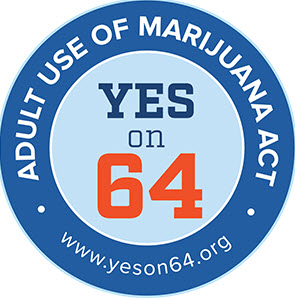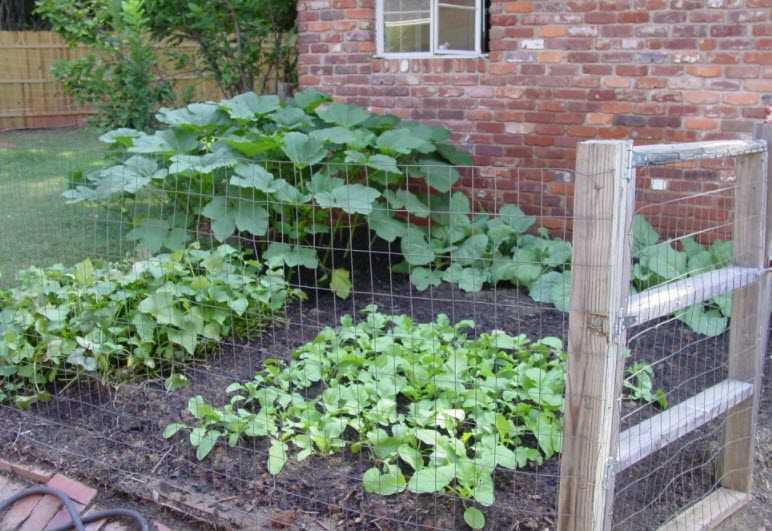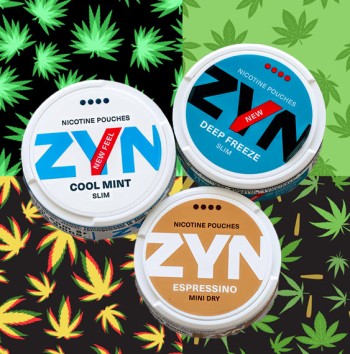How California's Cottage Cannabis Bill Protects Small-Scale Growers
While some growers fear that legalization might rob them of business, learn how it’s done right in California.
On September 2016, California’s Governor Jerry Brown enacted the Cottage Cannabis Bill, also known as Assembly Bill 2516. Thanks to this, Type 1C licenses used by small cannabis growers to the licenses in the Medical Cannabis Regulations and Safety Act (MCRSA).
AB2516 protects California’s small-scale cultivators, but to understand how, it’s important to learn how the Golden State’s law arrived there in the first place. Back in 1996, the Compassionate Use Act (CUA) was passed, allowing patients and caregivers legal access to cannabis as long as it was recommended by a physician. In addition, the CUA also provided protection to physicians from legal punishment if they recommended medical cannabis while following the act’s regulations. The CUA though, didn’t apply to any kind of licensing or distribution of cannabis businesses.
Eventually the CUA evolved into the Medical Marijuana Program (MMP) which was established in 2003. Through the MMP, medical marijuana patients could use a voluntary ID card system which was managed by the State Department of Health Services. Under the MMP, non-profit groups and collectives were allowed to provide medical marijuana to patients who were part of the collective. The MMP also gave discretionary powers to California’s Attorney General, so that they could create regulations, such as setting standards on the limits as to how much medical cannabis patients could grow in their homes.

But in 2015, the Medical Marijuana Regulation and Safety Act, now known as the MCRSA, shook up California’s overall cannabis laws. The MCRSA established a system for regulation and state licensing of all cannabis businesses starting in 2018. But before the Cottage Cannabis Farmer’s Bill was enacted, the MCRSA provided 10 kinds of cultivation licenses for farms of different sizes. Those under “Specialty” growing operations (less than 5,000 square feet of canopy space in one location) were given the Types 1, 1A, and 1B licenses. Small growing operations (total canopy space of 5,001-10,000 square feet) were given Type 2, 2A, and 2B licenses. Large cultivation operations (from 10,001 - 22,000 square feet for mixed-light and indoor grows, and up to one acre for outdoor growing) were given Type 3, 3A and 3B licenses. Type 4 licenses are the only ones allowed to legally transport live plants and allows the growth of cannabis only as a nursery.
Micro-farmers feared that legal medical and recreational use of cannabis will drive them out of business, since it may lead to the monopolization of the industry by just a few large cultivation operations. The drafting of the Cottage Cannabis Farmer’s Bill was designed to address these concerns.
To prevent the loss of micro-farms, the Cottage Cannabis Farmer’s Bill created the Type 1C also known as the “specialty cottage” state cultivator license. To be certified as a Type 1C cultivator, the farm needs to have just one cultivation site no bigger than 2,500 square feet of mixed-light grows with 25 plants used for outdoor cultivation, or no larger than 500 square feet of indoor operations. Through the Type 1C licenses, the California Department of Food and Agriculture has the liberty to create regulations that make it beneficial for micro-farmers to comply with licenses. In addition, Type 1C licenses also makes it more affordable for farmers to maintain their operations through compliance.

Government Agencies Prefer Micro-Farms
Government agencies that are involved in the regulating the cannabis industry have been open about preferring small-scale grows versus large-scale operations. With the MCRSA, Type 3 licenses discourage the surge of large-scale operations by limiting the licenses given. Additionally, the MCRSA also features appellation provisions which prevent marijuana businesses from marketing their plants to make it seem like it was grown in a place other than where it was really grown. Appellations give micro-cultivators an advantage, and further encourage their growth because it enables them to use the same marketing tactics that small wineries and microbreweries use.
This preference is emphasized through the provisions created in the recently enacted Adult Use of Marijuana (AUMA, also known as Prop64). The AUMA created a microbusiness license which is comparable to MCRSA’s Type 1C license for growers with less than 10,000 square feet of canopy, and is also subject to specific regulations. What’s even better is that with the AUMA, the largest size cultivators have a 5-year prohibition period for licenses which gives ample time for small cultivators to develop and grow their business without having to face massive competition from “Big Weed”.
OTHER STORIES YOU MAY ENJOY...
TYPO IN PROP 64 ALLOWS FOR TAX FREE MARIJUANA, CLICK HERE.
OR..







